Prehistorical life size animal decor realistic Dinifelis animatronic animal
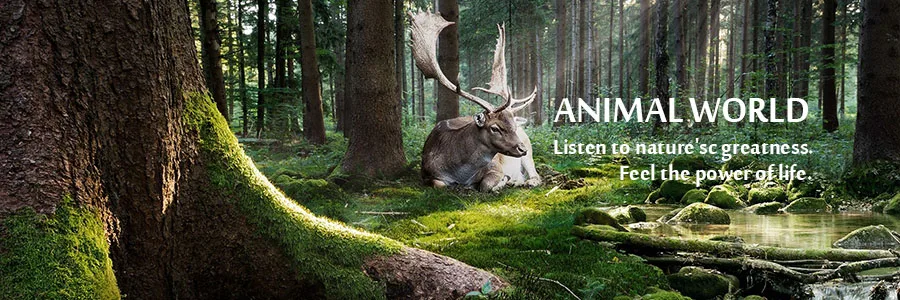

MORE INFORMATION
| Input | AC 110/220V ,50-60HZ |
| Plug | Euro plug / British Standard / SAA / C-UL / or depends on request |
| Control mode | Automatic / Infrared / remote / coin / Button / Voice / Touch / Temperature / shooting etc. |
| Waterproofing grade | IP66 |
| Working condition | Sunshine, rain, seaside, 0~50℃(32℉~82℉) |
| Optional function | Sound can be increased to 128 kinds Smoke,/ water. / bleed / smell / change color / change lights / LED screen etc interactive(Location tracking) / conversine(currently only Chinese) |
AFTER-SALE SERVICE
| Service | Need be cut for shipping,fwill provide a detailed installation manual. |
| Warranty | We provide 2 years warranty for all of our antrimatronic models, the warranty pieriod starts from freight arrives at destination port. Our warranty covers motor, reducer, control box, etc. |
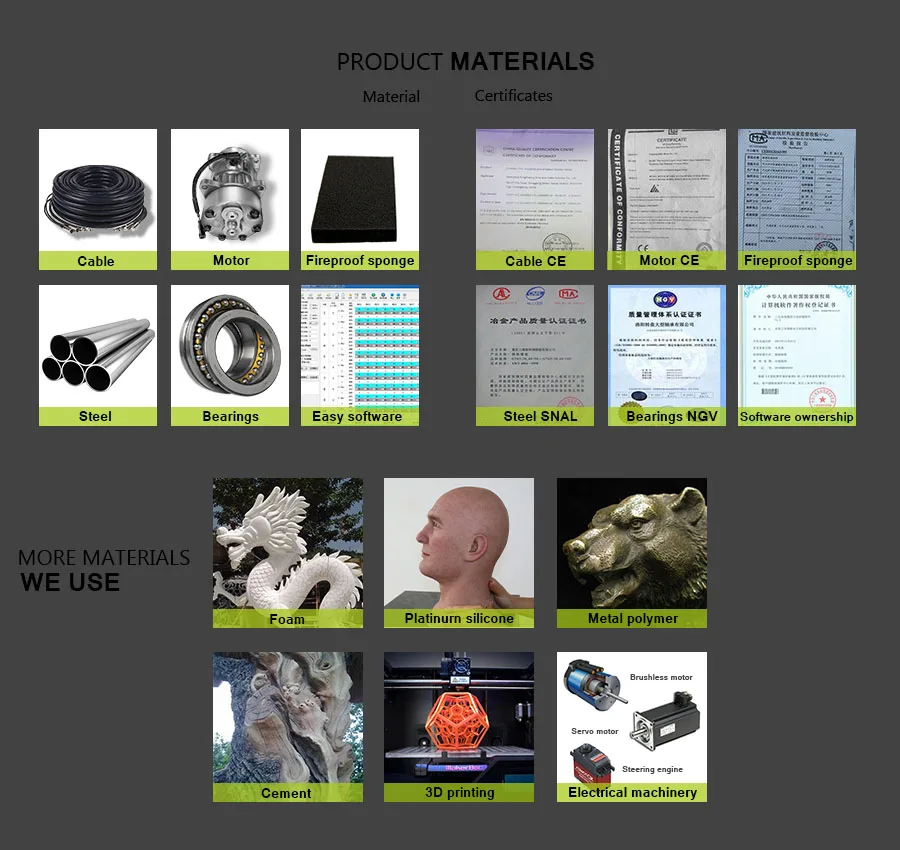
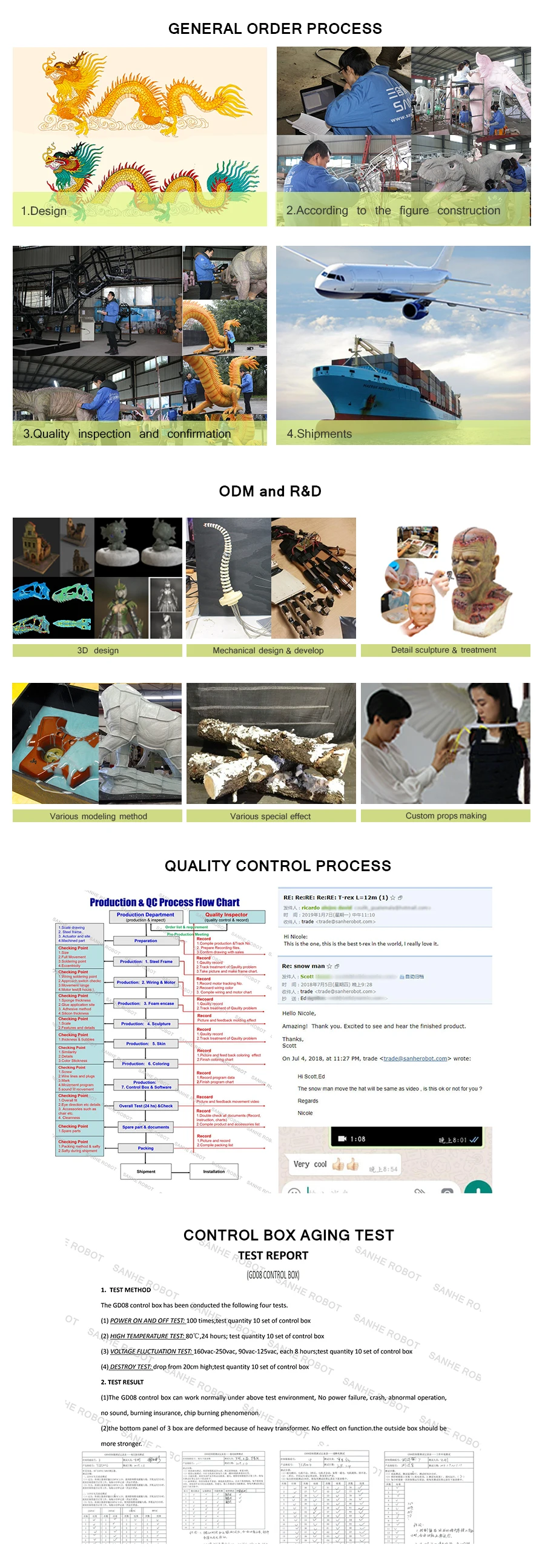

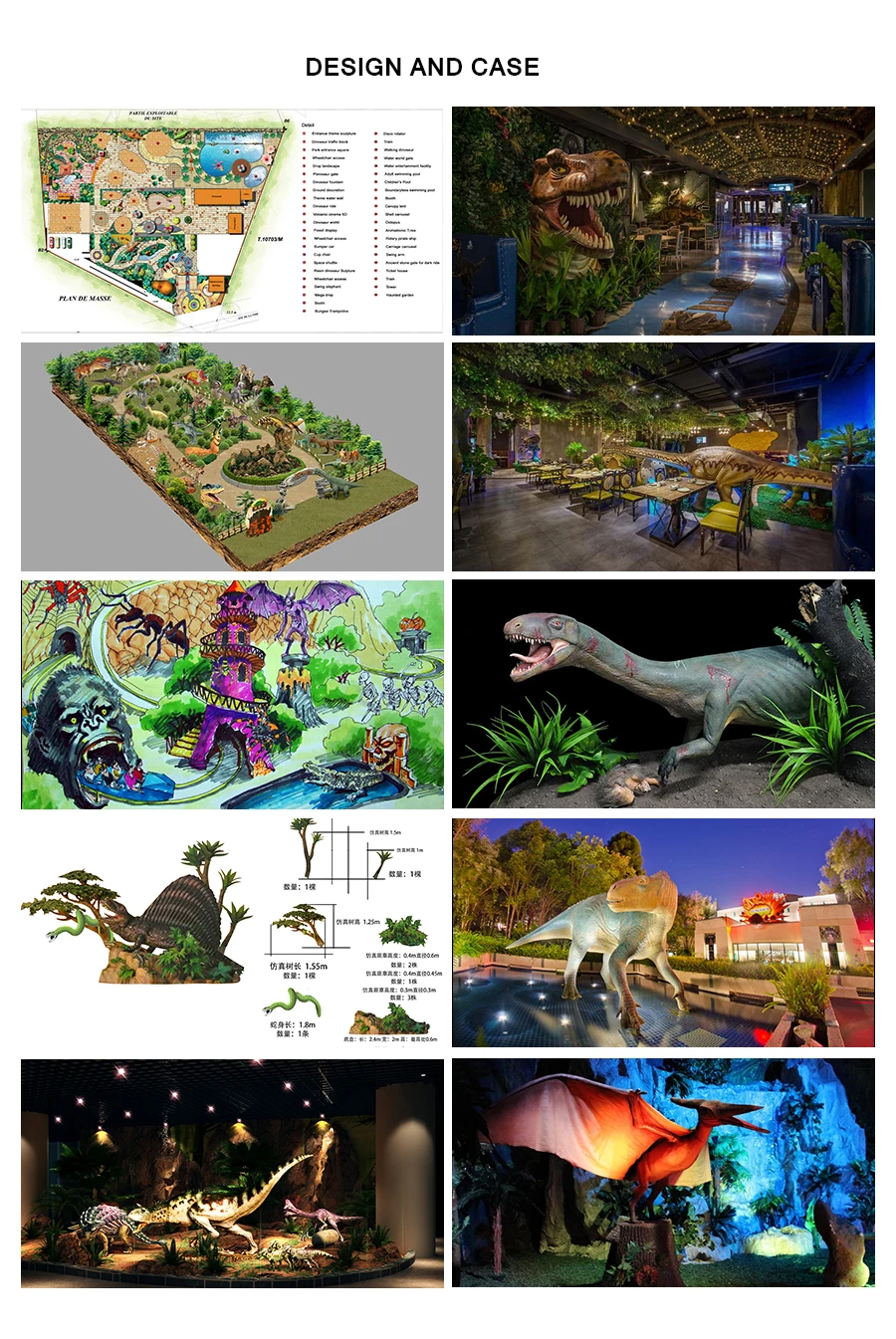


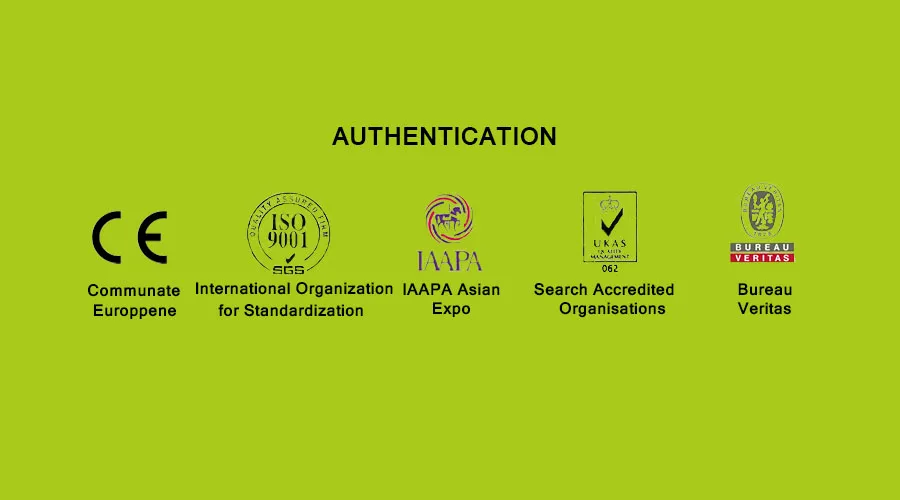 simulation animal artificial animal animaronic animal for sale
realistic animal model theme park lifelike animatronic animal park decorative animal model Outdoor playground electric animatronic animals vivid animal statues for park custom life size animal vivid animal statues for park park decorative animal model simulation animals life size animal model outdoor playground animatronic animals realistic animal statue prehistoric animal artificial animal
Dinofelis is a genus of extinct sabre-toothed cats belonging to the tribe Metailurini. They were widespread in Europe, Asia, Africa and North America at least 5 million to about 1.2 million years ago (Early Pliocene to Early Pleistocene). Fossils very similar to Dinofelis from Lothagam range back to the Late Miocene, some 8 million years ago
In size they were between a modern leopard and a lion, with most about the size of a jaguar (70 cm tall and up to 120 kg), they were medium-sized but powerful cats with a pair of prominent saber teeth. The front limbs were particularly robust compared to modern cats (even the jaguar).
Two specimens were examined by Serge Legendre and Claudia Roth for body mass. The first specimen was estimated to weigh 31.4 kg (69 lb), the second 87.8 kg (190 lb).
The canine teeth of Dinofelis are longer and more flattened than those of modern cats but less than those of true saber-tooths, hence the designation of Dinofelis and nimravids as "false saber-tooth" cats. (However, Nimravids are not close relatives of Dinofelis.) While the lower canines are robust, the cheek teeth are not nearly as robust as those of the lion and other modern big cats.
Based on Dinofelis' likely preference of forest habitats, ethologist William Allen et al. believes it possessed a spotted or striped coat
Their stout body may indicate a preference for dense or mixed habitats, although, like the modern jaguar, it may have ranged from forest to open country, including wetlands.
Analysis of carbon isotope ratios in specimens from Swartkrans indicates that Dinofelis preferentially hunted grazing animals. The main predators of hominids in the environment at that time were most likely leopards and fellow machairodont Megantereon, whose carbon isotope ratios showed more indication of preying on hominids.
simulation animal artificial animal animaronic animal for sale
realistic animal model theme park lifelike animatronic animal park decorative animal model Outdoor playground electric animatronic animals vivid animal statues for park custom life size animal vivid animal statues for park park decorative animal model simulation animals life size animal model outdoor playground animatronic animals realistic animal statue prehistoric animal artificial animal
Dinofelis is a genus of extinct sabre-toothed cats belonging to the tribe Metailurini. They were widespread in Europe, Asia, Africa and North America at least 5 million to about 1.2 million years ago (Early Pliocene to Early Pleistocene). Fossils very similar to Dinofelis from Lothagam range back to the Late Miocene, some 8 million years ago
In size they were between a modern leopard and a lion, with most about the size of a jaguar (70 cm tall and up to 120 kg), they were medium-sized but powerful cats with a pair of prominent saber teeth. The front limbs were particularly robust compared to modern cats (even the jaguar).
Two specimens were examined by Serge Legendre and Claudia Roth for body mass. The first specimen was estimated to weigh 31.4 kg (69 lb), the second 87.8 kg (190 lb).
The canine teeth of Dinofelis are longer and more flattened than those of modern cats but less than those of true saber-tooths, hence the designation of Dinofelis and nimravids as "false saber-tooth" cats. (However, Nimravids are not close relatives of Dinofelis.) While the lower canines are robust, the cheek teeth are not nearly as robust as those of the lion and other modern big cats.
Based on Dinofelis' likely preference of forest habitats, ethologist William Allen et al. believes it possessed a spotted or striped coat
Their stout body may indicate a preference for dense or mixed habitats, although, like the modern jaguar, it may have ranged from forest to open country, including wetlands.
Analysis of carbon isotope ratios in specimens from Swartkrans indicates that Dinofelis preferentially hunted grazing animals. The main predators of hominids in the environment at that time were most likely leopards and fellow machairodont Megantereon, whose carbon isotope ratios showed more indication of preying on hominids.

+86-813-2104677

info@sanherobot.com

+86-13990010824

No.13 Huixin Road, Yantan Town, Yantan District, Zigong City, Sichuan Province, China